Creativity And Mental Illness
Creativity and Mental Illness

At one point or another, most of us have heard the stereotype of the mad genius or the creative genius who suffers from mental illness(es). Think about of historically famous or influential painters and writers who had unstable lives–some went as far as committing suicide.
The problem? This is only anecdotal evidence. It doesn’t really give us data that is reliable and objective. But what do the studies say?
Contrary to what this image claims, the link between creativity and mental disorders like anxiety, depression, and bipolar disorder is not as clear cut. The primarily reason is because not many studies have looked at mental illness and creativity. Furthermore, ‘mental illness’ is an umbrella term that covers many different illnesses or disorders. So naturally there are even less studies looking at particular mental disorders and creativity.
Creativity and Depression
Silvia and Kimbrel (2010) summarize the small research that has looked for a potential depression-creativity link. They note that while some studies have found moderate positive correlations between depression and creativity, others have found negative correlations. They conclude that “the evidence for a depression-creativity link is clearly inconsistent.”
Creativity and Anxiety
They further point out that even less studies have been done to evaluate an anxiety-creativity link. One study looked at anxiety, depression, and personality disorders as a whole without distinguishing the individual disorder-creativity links. Two other studies they summarize looked at shyness, an aspect of social anxiety spectrum; one study found that shy preschoolers were rated less creative by teachers, while the other found that shy female college students were less creative in a poem-writing task.
“Taken together,” write Silvia and Kimbrel, “these studies suggest that shyness (and by extension social anxiety) may be associated with less creativity” [emphasis of “may” on my part]. However, if this link does exist, it doesn’t necessarily mean that anxiety in general is negatively correlated with creativity, or vise versa–more research is needed to establish if a link exists at all..
Creativity and Bipolar Disorder
What about a bipolar disorder-creativity link? A book chapter by Lloyd-Evans, Batey, and Furnham (2006) reviewed biographical and psychiatric research studies to examine if a relationship exists.
Biographical studies work by collecting biographical data of historical individuals considered highly creative–say, Edgar Allan Poe–and searching for explicitly documented mental illnesses or clues that imply the existence of a disorder to developing a retrospective diagnosis. Evans and co-writers note that while biographical studies seem to suggest a positive correlation between bipolar disorder and creativity, they have serious limitations and can’t establish a definitive link. For example, they point out that Vincent van Gogh has been retrospectively diagnosed with different mental illnesses by different clinicians. Furthermore, they note that “it is always possible to find biographical material that appears to support a specific hypothesis and the same information might well be used to link alcoholism and creativity” (120).
Psychiatric research studies look at persons who have been diagnosed with certain mental disorders, in this case bipolar disorder, and give them different creativity measurements to see how they differ from “normal” participants. These studies, too, point to a potential positive bipolar disorder-creativity link but were not without limitations. Some of these studies had potentially biased samples and/or no control groups. And another study didn’t show a significant correlation.
Conclusion
Clearly, things are not as simple as the images implies. A definitive link between these mental disorders and creativity has not been established yet primarily because the research is lacking, and the few available studies have methodological limitations. Here is a quick summary:
The limited literature on depression-creativity is inconsistent. Some studies show a positive correlation, others show a negative correlation.
Studies haven’t really studied anxiety-creativity. The available literature looks at shyness–which lies in the social anxiety spectrum–and has provided some evidence that there is a negative relationship between shyness, or social anxiety, and creativity.
Slightly more research has examined bipolar disorder and creativity. These studies fall into two categories: biographical and psychiatric studies. Both of these methods show a tentative link (positive) between bipolar disorder and creativity, but because of certain limitations, more research is warranted to definitively establish the correlation.
To make things more complicated, we have to consider how creativity is defined and measured, and the severity of the particular mental disorder. Lastly, if we can’t be 100% sure there exists a correlation between these mental disorders and creativity, how can we possibly say that one causes the other like the image suggests? We simply can’t.
Reference:
Lloyd-Evans, R., Batey, M., & Furnham, A. (2006). Bipolar disorder and creativity: Investigating a possible link. In A. Columbus (Ed.), Advances in Psychology Research, Volume 40. (pp. 111-142). NY: Nova Science Publishers.
Silvia, P. J. & Kimbrel, N. A. (2010). A dimensional analysis of creativity and mental illness: Do anxiety and depression symptoms predict creative cognition, creative accomplishments, and creative self-concepts? Psychology of Aesthetics, Creativity, and the Arts, 4, 2-10.
More Posts from Er-zico and Others




We just got an unprecedented look at a black hole ripping apart a star
For the first time ever, astronomers got a close-up peek at a black hole ripping apart a star, a rare event that results in some of the star’s material getting ejected out into space. To research this phenomenon, astronomers used data from a tidal disruption that happened 3.9 billion years ago. Studying tidal disruptions like this one is revealing new information about how black holes behave.
Follow @the-future-now
When you’re a 17 year-old Dalit girl, your teacher will rape you, the school warden will encourage it, and the admin will collude to hide your murdered body
Delta Meghwal was a 17 year old student at the Jain Adarsh Teacher Training Institute for Girls in Bikaner, a small district in Rajatsthan, India. She was an artist, a brilliant student and an ambitious young woman with big dreams. She also happened to be Dalit. Which is why, her school warden, Priya Shukla, had sent her to ‘clean’ the PT instructor Vijender Singh’s room. Her being Dalit makes it okay for the warden to use her as unpaid labor. It also makes it okay for the said instructor to rape her, in that same room. Her Dalit stauts stops the school from taking any action against the teacher who just raped a student. But it doesn’t not prevent them from forcing her to sign a letter saying the rape was in fact, mutual. That too, only after the terrified child called her father to inform him of the horror. Her ‘lower caste’ guarantees that her dead body will be found in an enclosed, reportedly shallow water tank the next day. And that it will be labeled as suicide. It will also give the ‘school’ permission to have her body be taken away in a GARBAGE TRUCK. Without any evidence or record. Her Dalit identity qualifies the mainstream media to look away, for us to not care, for the insttitution her parents entrusted her safety with to rape and murder her.
Because it’s normal for Dalits to be treated like this. Because Dalit women’s bodies are never their own. They can be used, abused and killed by any upper caste man, at this will. His caste though, makes sure he gets away. That he is able to do it again. To some other Dalit 17-year-old girl, in another school. Because Dalits, we are used to it.

Delta’s award-winning painting








This iron-on patch was designed by Tuesday Bassen. It is soft and truthful.
Get your own soft truth patch over at our merch store.
As always, all profits are donated

Black on Black
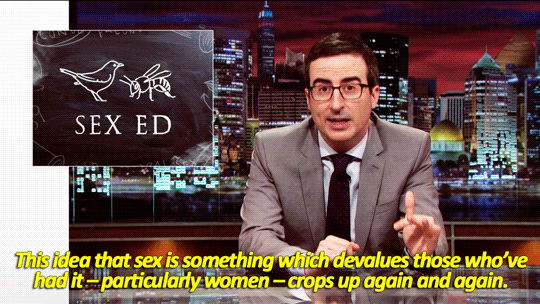


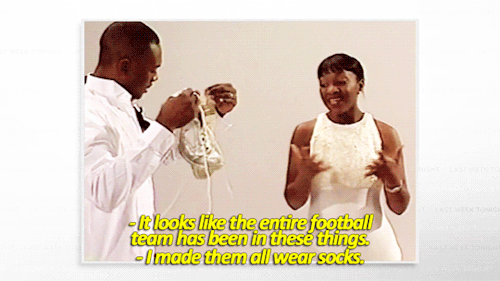
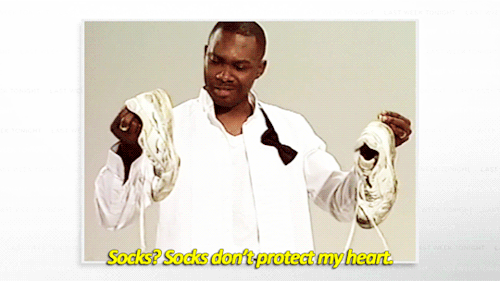
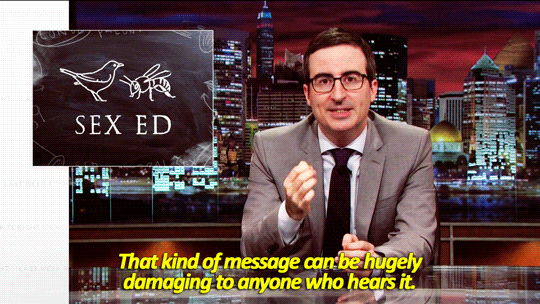
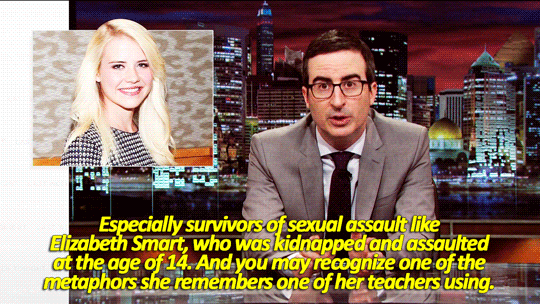
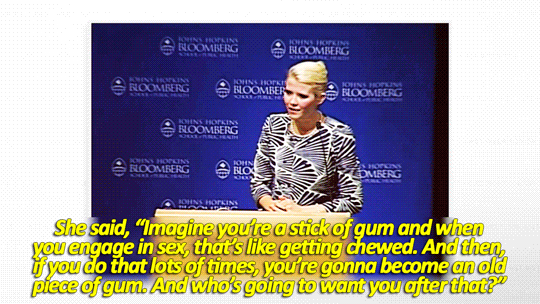
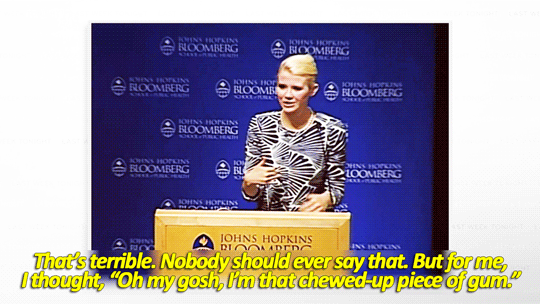
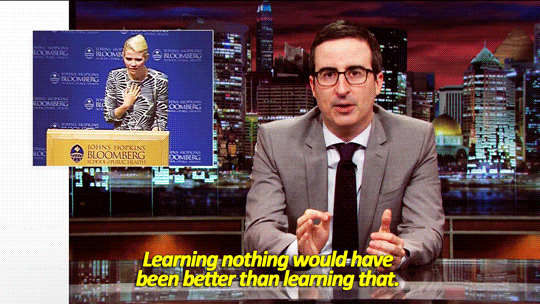
Last Week Tonight s02e24
John Oliver discusses sex education
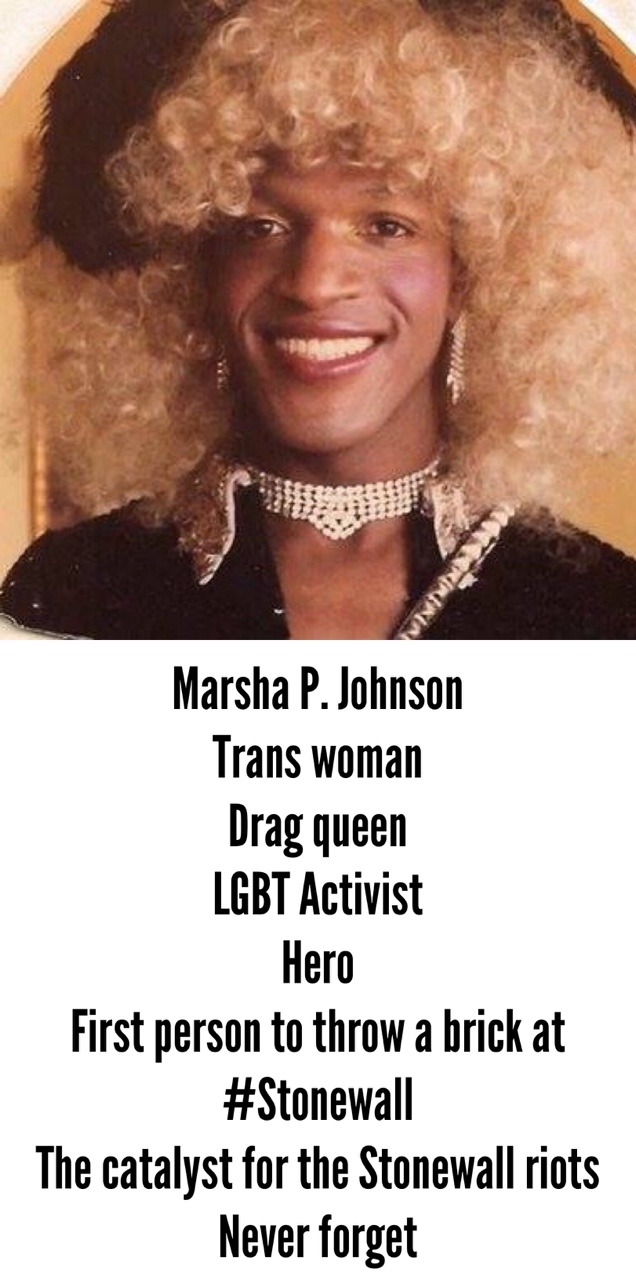
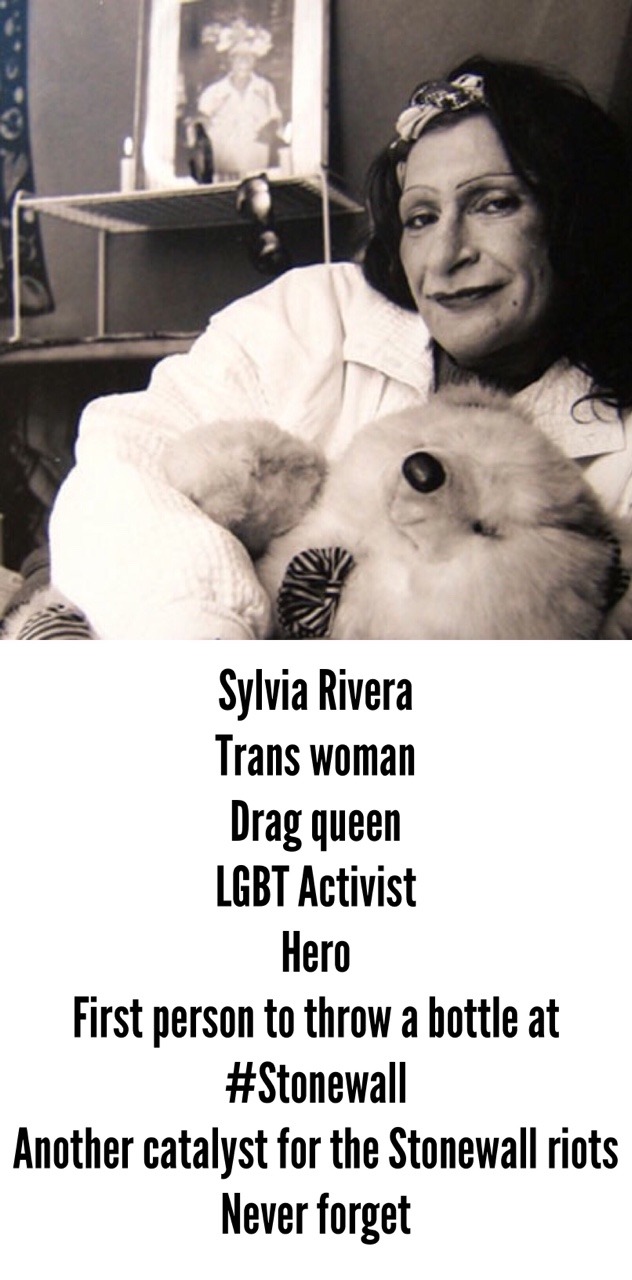

#KnowYourHistory: #Stonewall

1. It Trivializes Violent Historical Oppression
2. It Lets People Show Love for the Culture, But Remain Prejudiced Against Its People
3. It Makes Things ‘Cool’ for White People – But ‘Too Ethnic’ for People of Color
4. It Lets Privileged People Profit from Oppressed People’s Labor
5. It Lets Some People Get Rewarded for Things the Creators Never Got Credit For
6. It Spreads Mass Lies About Marginalized Cultures
7. It Perpetuates Racist Stereotypes
8. White People Can Freely Do What People of Color Were Actively Punished for Doing
9. It Prioritizes the Feelings of Privileged People Over Justice for Marginalized People
“If you’re wondering what the big deal is about cultural appropriation, I’ve got you covered.
Read on for some perspective on why people might get upset if you borrow from another culture.”
Read the whole article on @evrydayfeminism at: http://everydayfeminism.com/2015/06/cultural-appropriation-wrong/


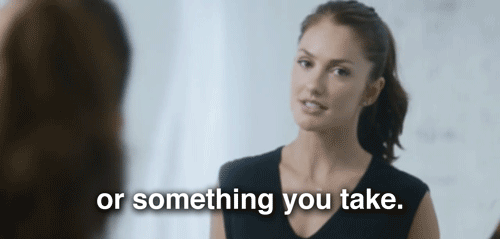
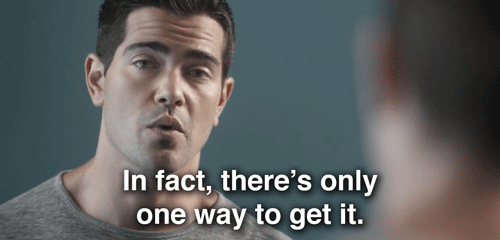
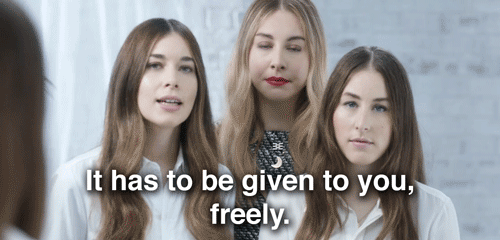
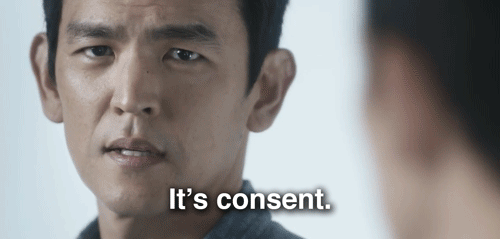

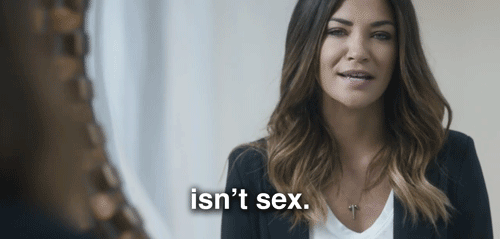
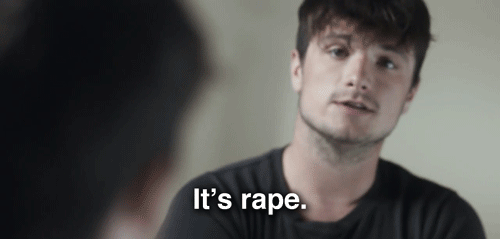
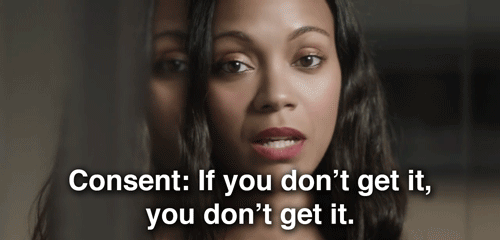
Consent: If you don’t get it, you don’t get it. Take the pledge to help stop sexual assault at ItsOnUs.org.
The Surprising And Varying Kinds Of Intelligence- Which One Is Yours?

In our modern day society we find that the educational system has a very narrow perspective of intelligence, mostly linguistics and logical knowledge. The groups who fall within the parameter of these intelligence sectors, can prize themselves as lucky.
What happens when our schooling system mostly focuses on these sectors? Well, a very big percentage of the people gets left out. By doing so, there is a big possibility that this group gets labeled as less intelligent, while the truth can be very much the opposite. Their intelligence may just lie in a different category.
The theory of multiple intelligence was first published by Howard Gardner in 1983. In his book called Frames of mind, he describes seven different intelligence categories. Over the years a couple additional categories has been added, with the latest suggestion for an addition in the beginning of this year.
With this theory Gardner wants to show that the norm of what is called ‘intelligence’ in our society is too narrow. People can be highly intelligent in other areas. Which one of the next categories applies to you?
Keep reading
-
 heckcareoxytwit liked this · 1 year ago
heckcareoxytwit liked this · 1 year ago -
 grew-upafknscrew-up liked this · 6 years ago
grew-upafknscrew-up liked this · 6 years ago -
 oxymitch-archive liked this · 7 years ago
oxymitch-archive liked this · 7 years ago -
 chelsifer liked this · 8 years ago
chelsifer liked this · 8 years ago -
 er-zico reblogged this · 8 years ago
er-zico reblogged this · 8 years ago -
 mattelwrites reblogged this · 9 years ago
mattelwrites reblogged this · 9 years ago -
 coolcollectiontheorist-blog liked this · 9 years ago
coolcollectiontheorist-blog liked this · 9 years ago -
 kait-lion liked this · 9 years ago
kait-lion liked this · 9 years ago -
 deuxmoitiedumoi-blog liked this · 9 years ago
deuxmoitiedumoi-blog liked this · 9 years ago -
 aliceinsin liked this · 9 years ago
aliceinsin liked this · 9 years ago -
 mangoessss liked this · 9 years ago
mangoessss liked this · 9 years ago -
 mie-muu reblogged this · 9 years ago
mie-muu reblogged this · 9 years ago -
 mie-muu liked this · 9 years ago
mie-muu liked this · 9 years ago -
 cavernadosossos reblogged this · 10 years ago
cavernadosossos reblogged this · 10 years ago -
 queenofthescenegirls reblogged this · 10 years ago
queenofthescenegirls reblogged this · 10 years ago -
 twentyonepandas liked this · 10 years ago
twentyonepandas liked this · 10 years ago -
 bad-0mens reblogged this · 10 years ago
bad-0mens reblogged this · 10 years ago -
 fifty-percent-canadian liked this · 10 years ago
fifty-percent-canadian liked this · 10 years ago -
 whatineedhatesme3 liked this · 10 years ago
whatineedhatesme3 liked this · 10 years ago -
 umirta reblogged this · 10 years ago
umirta reblogged this · 10 years ago -
 umirta liked this · 10 years ago
umirta liked this · 10 years ago -
 dylanchihuahua liked this · 10 years ago
dylanchihuahua liked this · 10 years ago -
 mieyth-wolftear reblogged this · 10 years ago
mieyth-wolftear reblogged this · 10 years ago -
 wondermajica liked this · 10 years ago
wondermajica liked this · 10 years ago -
 whatifarthurrussellneverdied reblogged this · 10 years ago
whatifarthurrussellneverdied reblogged this · 10 years ago -
 whatifarthurrussellneverdied liked this · 10 years ago
whatifarthurrussellneverdied liked this · 10 years ago -
 thisiswhoihavealwaysbeen liked this · 10 years ago
thisiswhoihavealwaysbeen liked this · 10 years ago -
 mencret reblogged this · 10 years ago
mencret reblogged this · 10 years ago -
 mencret liked this · 10 years ago
mencret liked this · 10 years ago -
 wherethey-walk liked this · 10 years ago
wherethey-walk liked this · 10 years ago -
 counsellingcannibal reblogged this · 10 years ago
counsellingcannibal reblogged this · 10 years ago -
 principessacaramello liked this · 10 years ago
principessacaramello liked this · 10 years ago -
 melsshitshow reblogged this · 10 years ago
melsshitshow reblogged this · 10 years ago -
 melsshitshow liked this · 10 years ago
melsshitshow liked this · 10 years ago -
 fellociousbeasts liked this · 10 years ago
fellociousbeasts liked this · 10 years ago -
 two-potatoes-more liked this · 10 years ago
two-potatoes-more liked this · 10 years ago -
 ijustloveallthis liked this · 10 years ago
ijustloveallthis liked this · 10 years ago
Dear Readers,Welcome to my personal blog. I'm Sabyasachi Naik (Zico,24).An Agnostic,deeply NON religious(atheist), and Secular Progressive Civil Engineer . I'm brown and proud to be an Indian tribe. “I want to say a word to the Brahmins: In the name of God, religion, sastras you have duped us. We were the ruling people. Stop this life of cheating us from this year. Give room for rationalism and humanism.” ― Periyar E.V. Ramasamy
198 posts